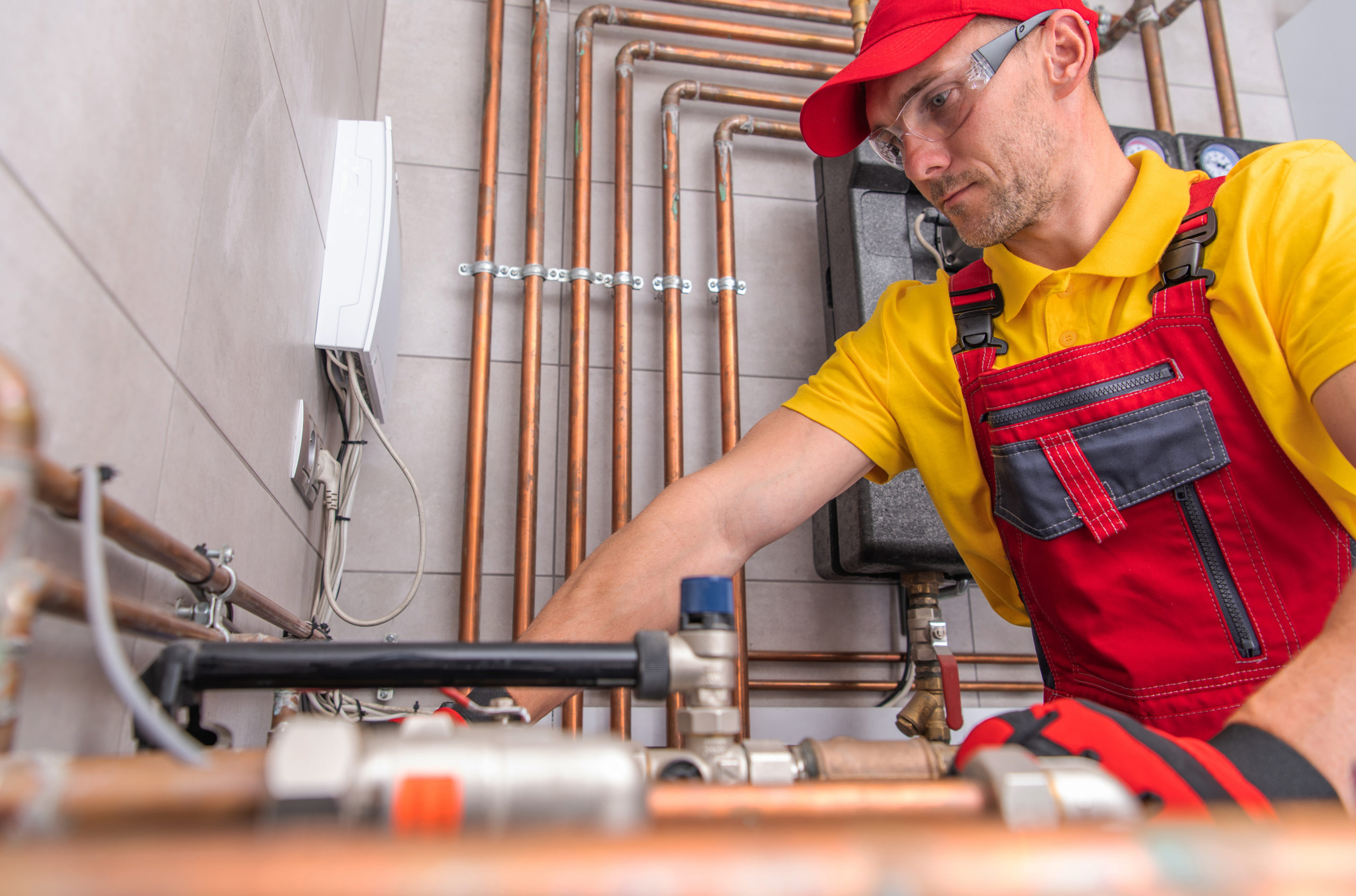If you’re on the hunt for a new heat pump system for your Los Angeles home, there are a lot of factors you should take into consideration. One of the most crucial specifications you need to pay attention to is the heating device’s Heating Seasonal Performance Factor rating, or HSPF.
But what exactly is the HSPF rating and why is it important to you?
Luckily, the certified HVAC technicians at Global Green Solutions in Los Angeles are here to help. Here is everything you need to know about HSPF ratings.
What is HSPF?
A heat pump system’s heating efficiency rating is indicated by the Heating Seasonal Performance Factor number. This rating is a key metric for all heat devices, including furnaces, pumps, and water heaters. The HSPF number represents the total heat pump’s total heat output, including its additional electric heat, during the typical heating season in British Thermal Units, or BTUs. This is in comparison to the total electricity consumed in watt-hours during the same length of time. The HSPF rating is a heat device’s version of the Seasonal Energy Efficiency Ratio or SEER.
To put it simply, the HSPF rating will tell you how much heating effect (in BTUs) you’ll get per kilowatt-hour (kWh). For instance, a heating device with 9 HSPF will give you 9 BTUs of heat every kWh.
A heat system’s HSPF rating will give you a basic idea of how significantly operating the pump will impact your utility bill. A heating pump with a high HSPF rating can save you as much as several $100 each heating season. That’s a lot of dough!
How is HSPF rating calculated
To calculate an HSPF rating, you need to know how it is calculated. HSPF is an energy-efficiency metric that is measured during the winter heating season. Every heating season, you can measure:
- The electricity you spend on heating your home; the power used in kWh.
- The heating effect you get; the heating efficiency in BTUs.
For example, to efficiently heat a 2,000 square foot home during the three months of winter (December, January, and February), you spent 20,000 kWh. The heating device powered by these kWhs produced a total of 160,000,000 BTU of heating effect.
Based on this information, you can calculate the HSPF like this:
HSPF = Heat Effect (in BTU) / Electricity Spent (in Wh)
It’s important to note that you need to use watt-hours, not kilowatt-hours. This conversion is easy, with 1 kWh = 1,000 Wh. If you use the numbers in the above example, you’ll get:
HSPF = 160,000,000 BTU / 20,000,000 Wh = 8
Thus, the HSPF rating of such a heater is 8. How much did you spend on electricity to heat your home? With the average price per kWh in the United States being $0.1319, you simply need to multiply $0.1319 by 20,000. That would cost you about $2,640 each winter.
If the HSPF of the heat pump was 10 as opposed to 8, you would save hundreds more every winter. That’s why choosing a heat pump with a high HSPF rating is essential.
What HSPF Rating Should I Be Looking For?

Having a heating device with a high HSPF rating is important. But what is a good HSPF rating?
In the United States, a heat pump must have an HSPF rating of at least 7.7. This is the federal minimum. To achieve an Energy Star label, the heating device needs an HSPF rating of at least 8.5 or higher for a mini-split heat system and 8.2 HSPF for a single-phase heat pump system.
Thus, 7.7 HSPF is the bare minimum, 8.5 HSPF is good, and 10 HSPF or higher is amazing.
What HSPF Rating is Best for You?
While you always want to aim to get a heat pump with a high HSPF rating, you should also consider a few other factors when selecting a new heating system for your home. While a heat pump with a higher HSPF rating might cost you more than a base model, it could save you money on heating costs in the long run.
When determining if a heat pump with a high HSPF rating is cost-effective for your needs, you should consider how long you intend to use it. This can hinge on a few factors, such as:
- If you’re currently living in your “forever home.”
- How long your current home will suit your lifestyle.
- If you plan on selling your house in the near future.
- If you need to relocate due to a job change.
When considering what HSPF rating you’d like to buy, always think about how long you plan on staying in your current home.
Final Thoughts
At Global Green Solutions, we believe that an educated customer is an empowered one. That’s why our team is committed to providing our clients with the vital information they need in order to make informed decisions.
When it comes to a heat pump’s HSPF rating, the most important things to remember are:
- HSPF only applies to heat pumps.
- To calculate the HSPF rating, divide the heat effect in BTU by the electricity spent in Wh.
- The higher the HSPF rating is, the more money you’ll save on electrical bills. A good HSPF rating is 8.5 while a great one is 10.
- Consider how long you plan on living in your current home when buying a heating device with a high HSPF rating.
If you need more information, contact Global Green Solutions today at 800-371-1545. We also offer top-notch heating and AC installation for the residents of Los Angeles. We look forward to hearing from you soon!

